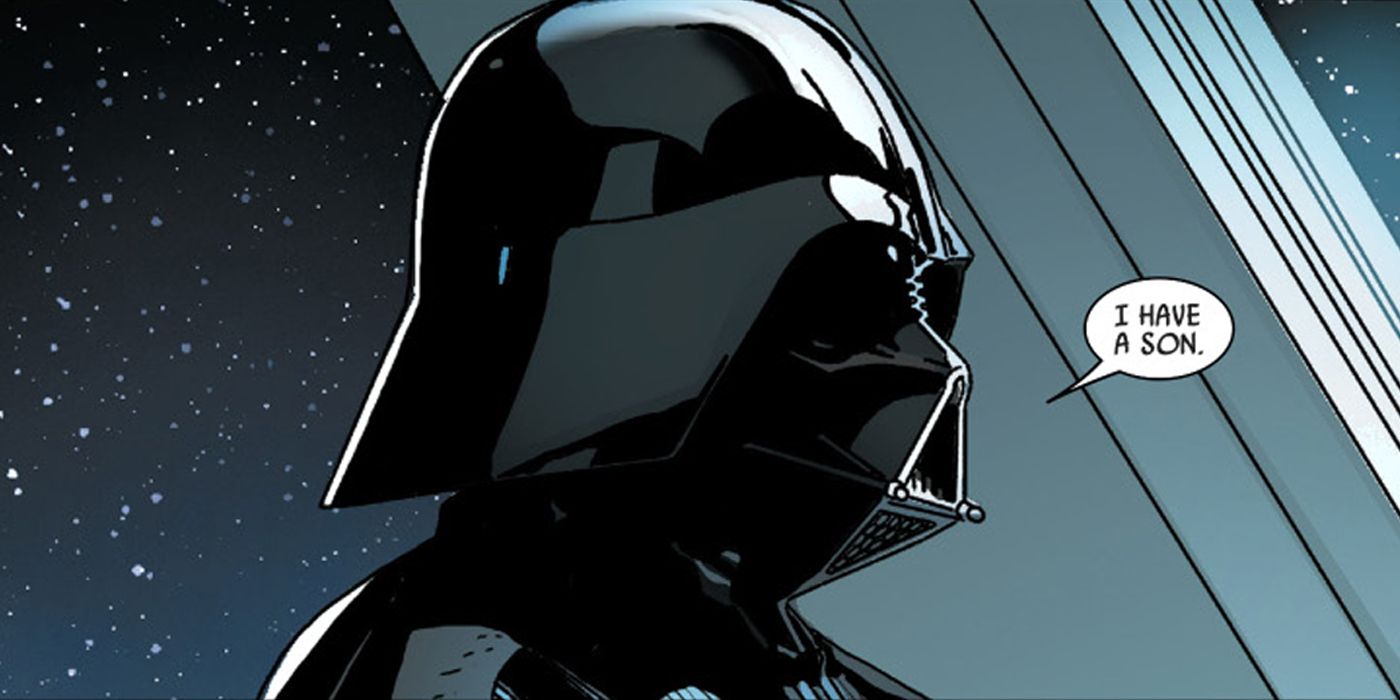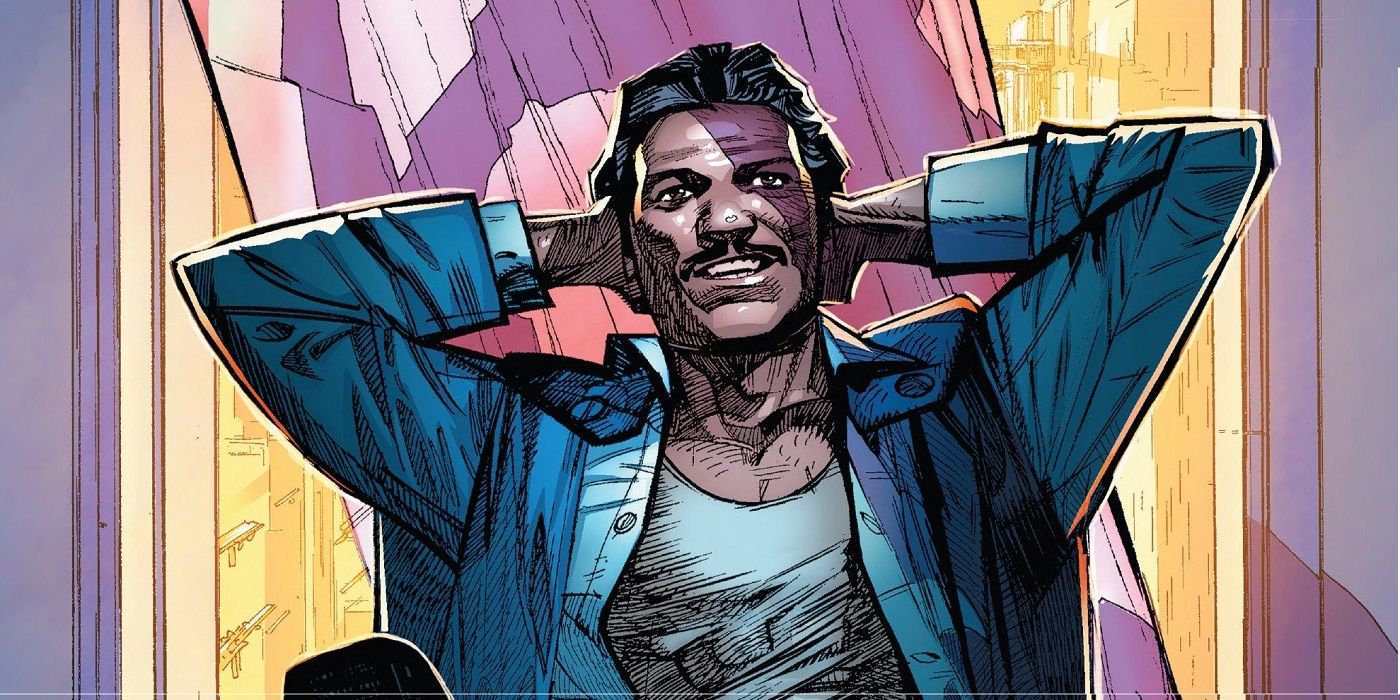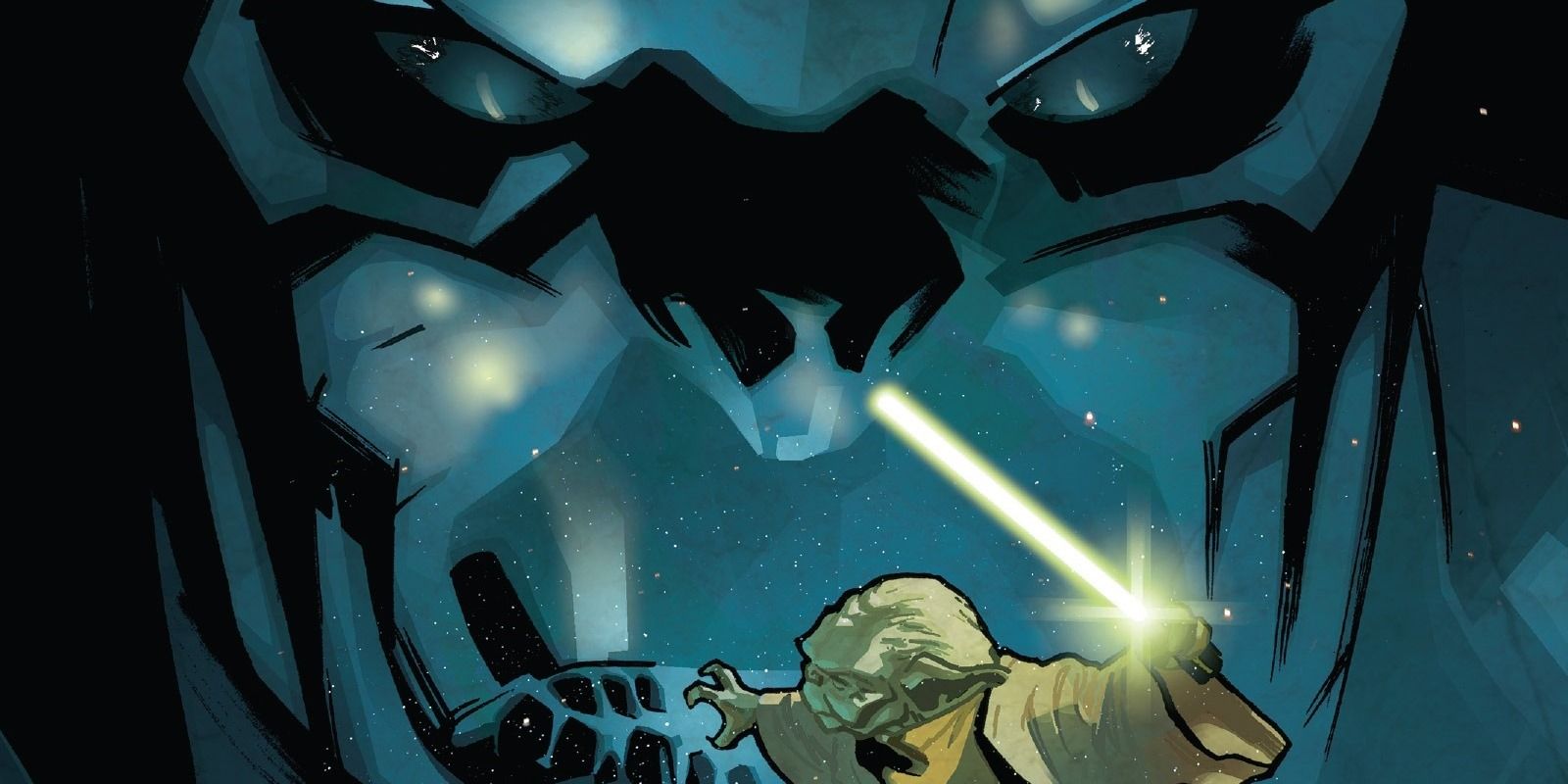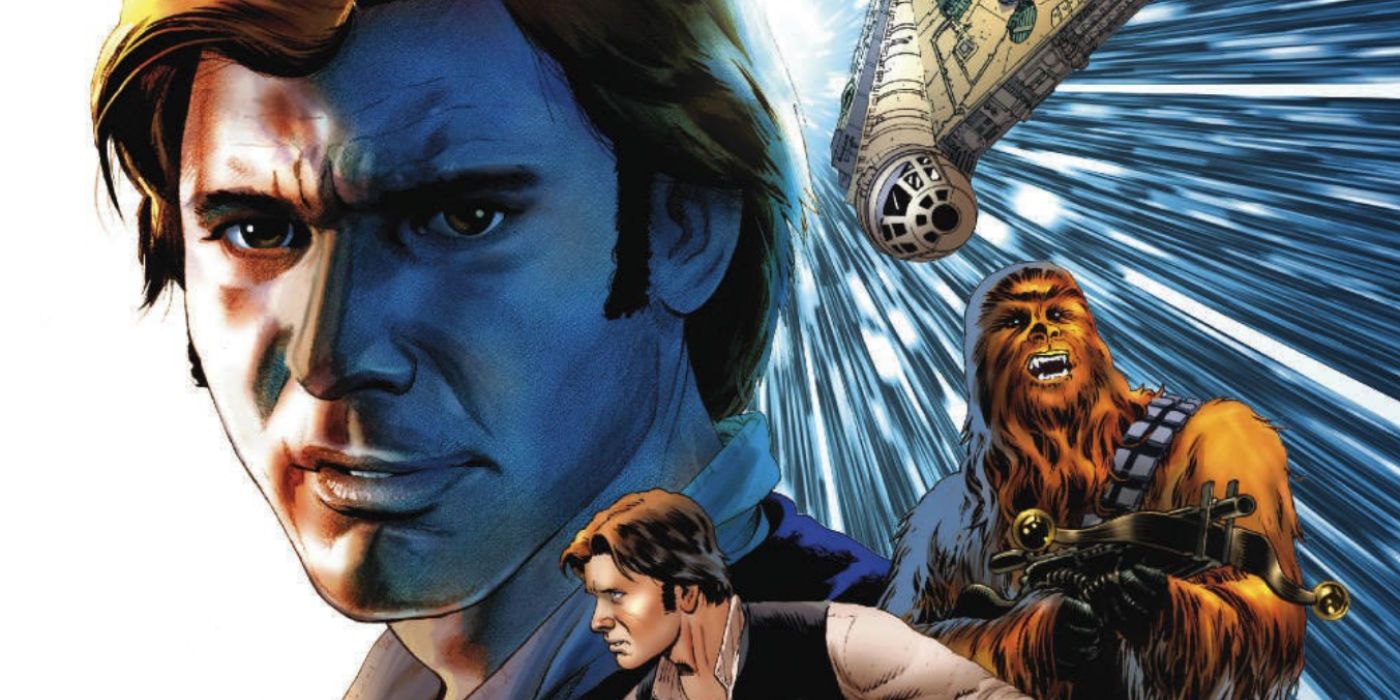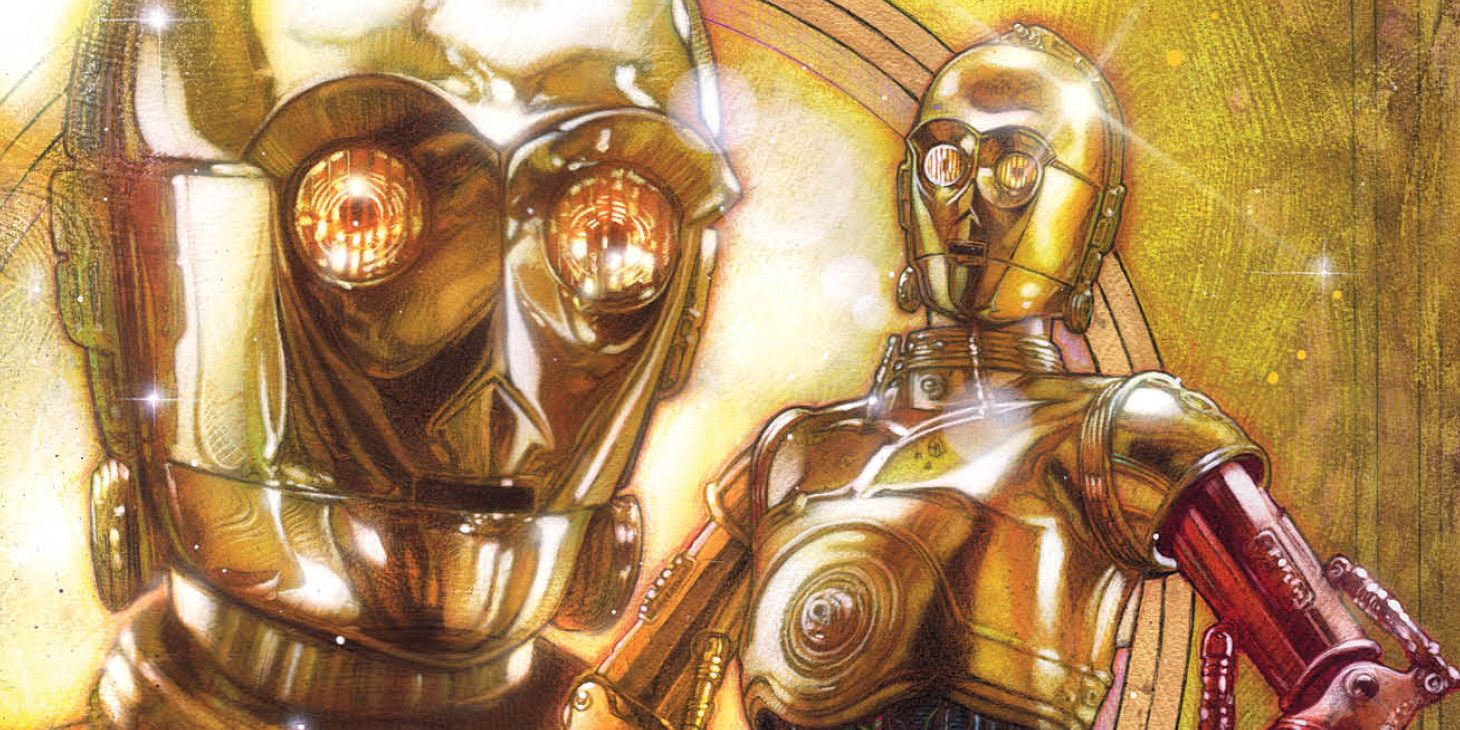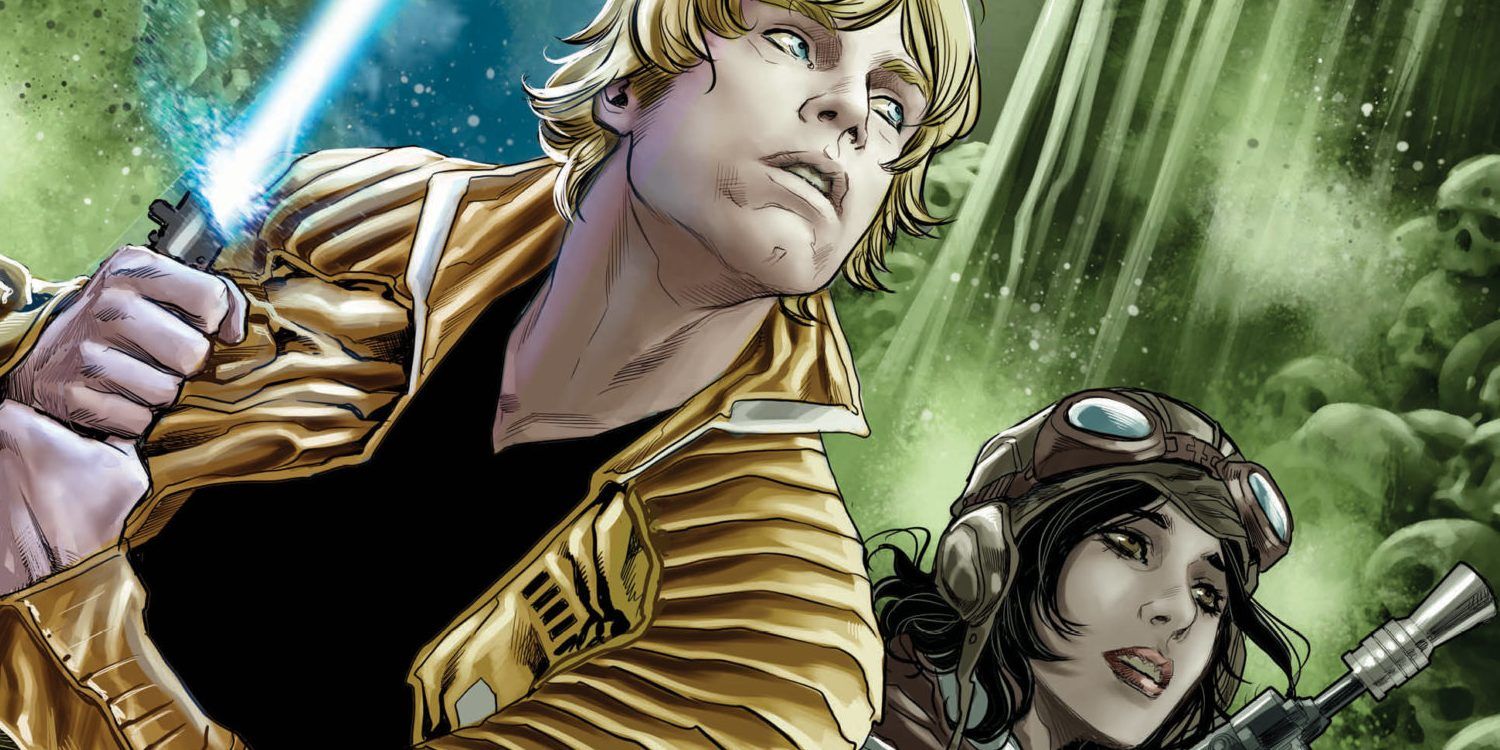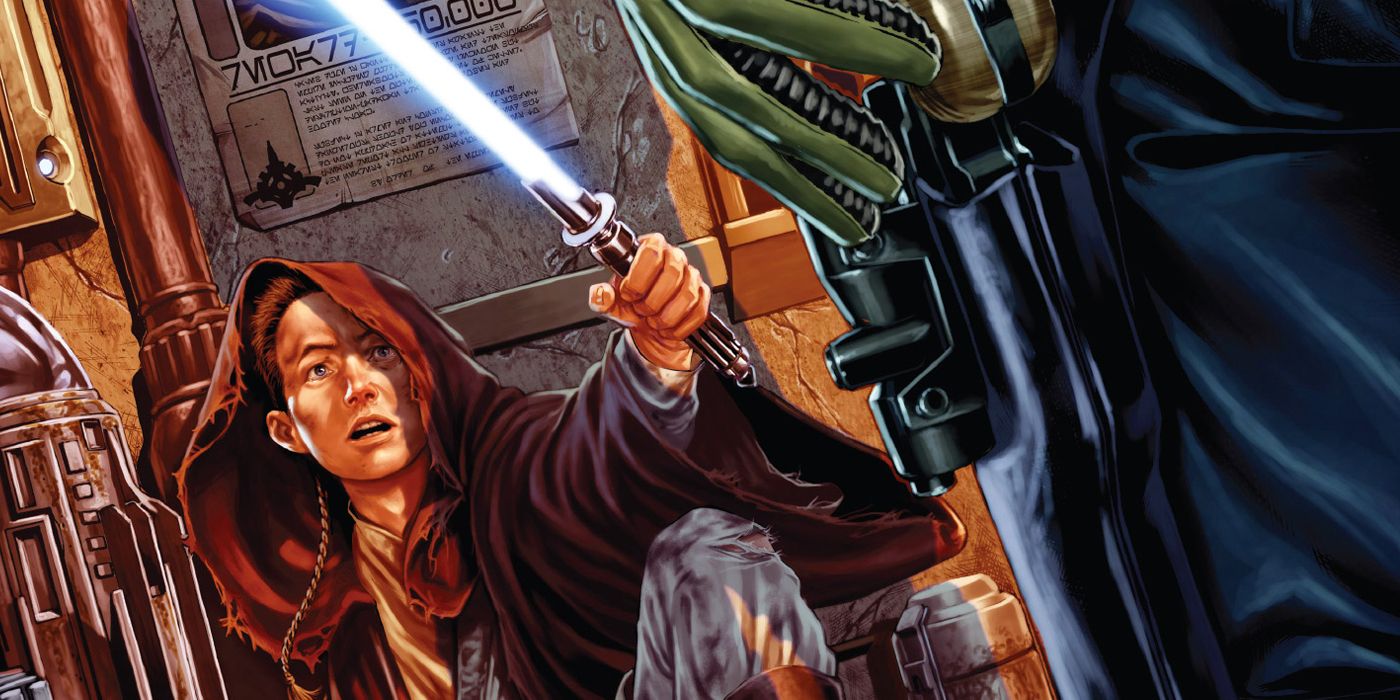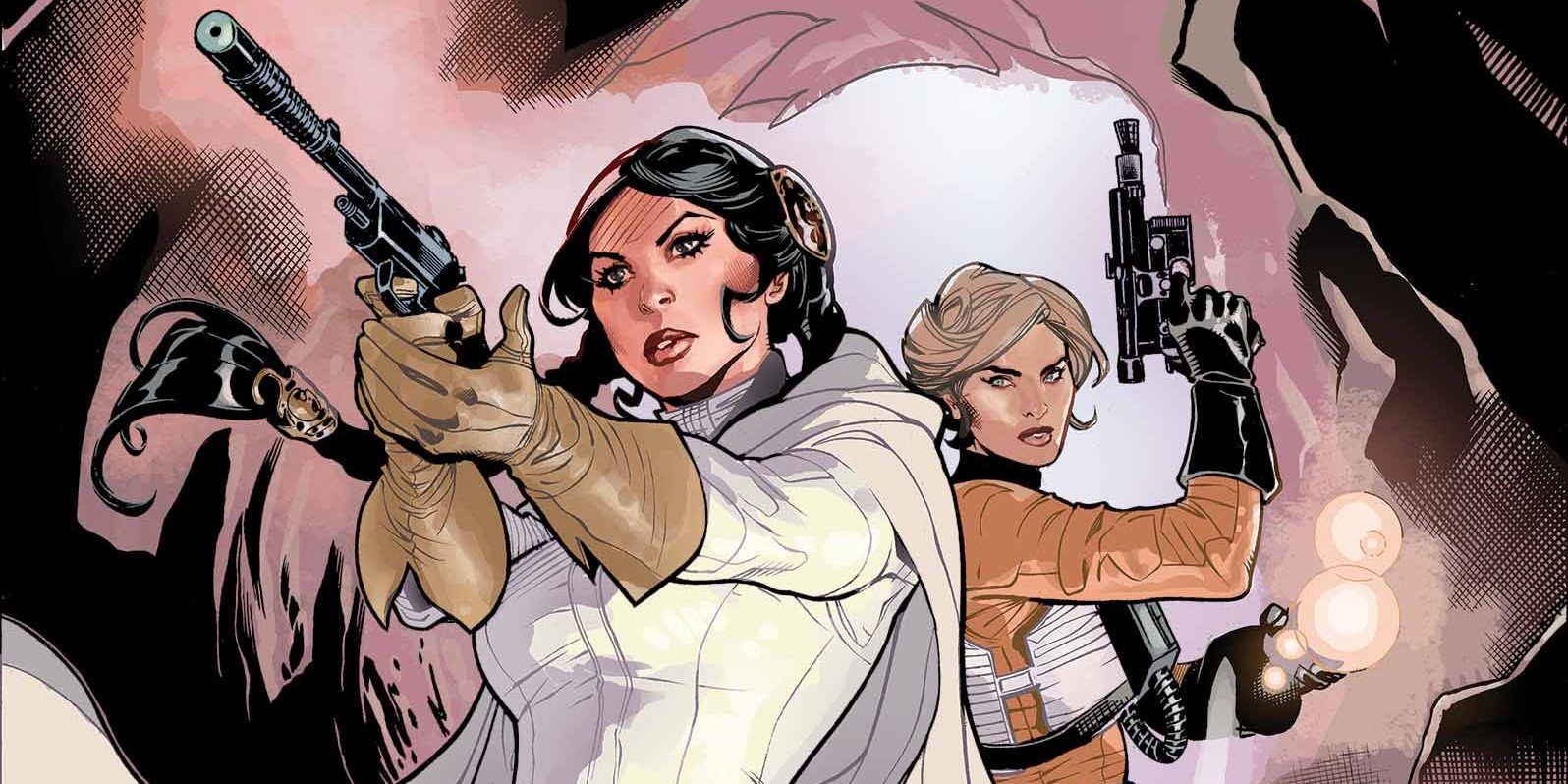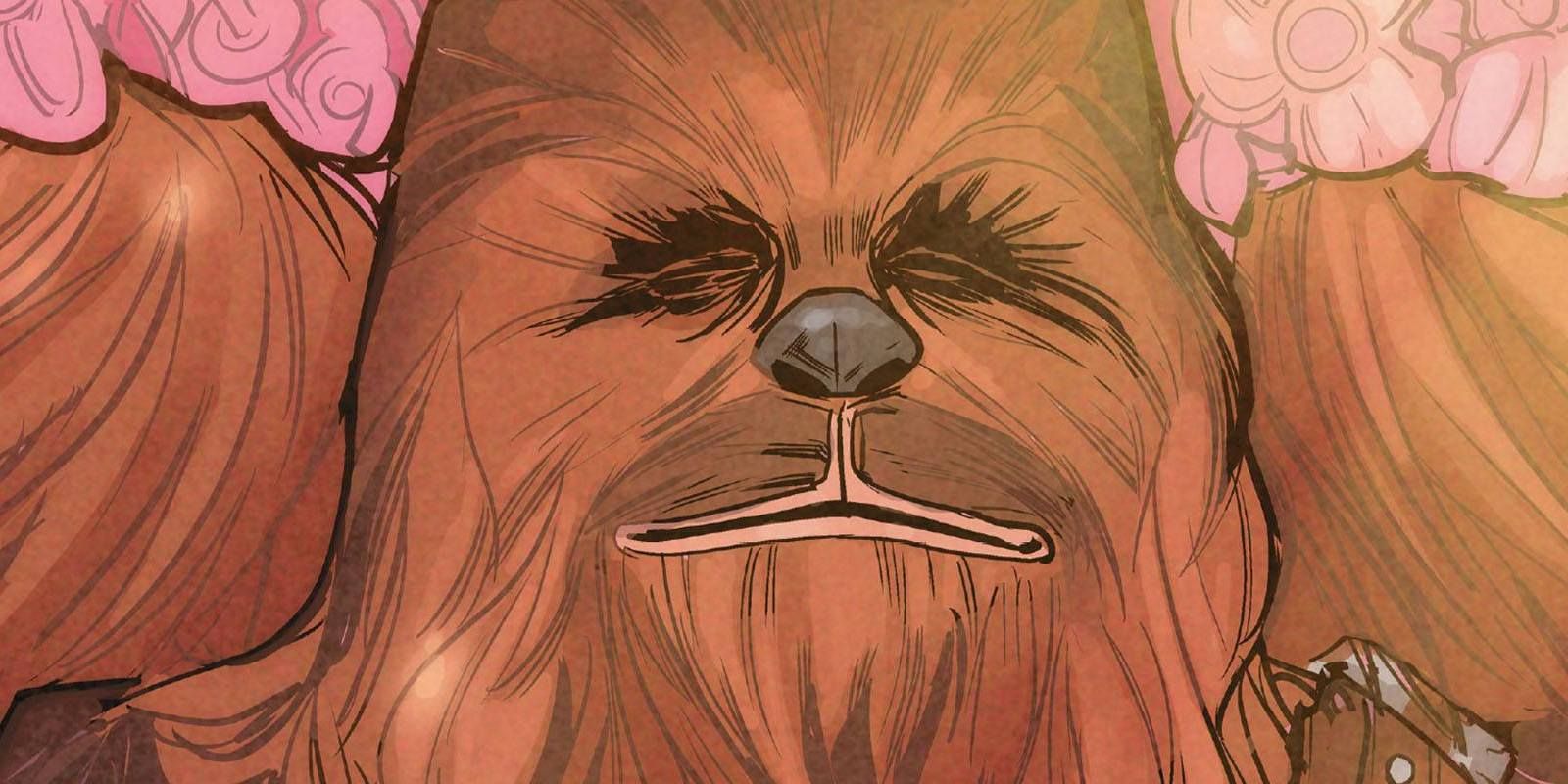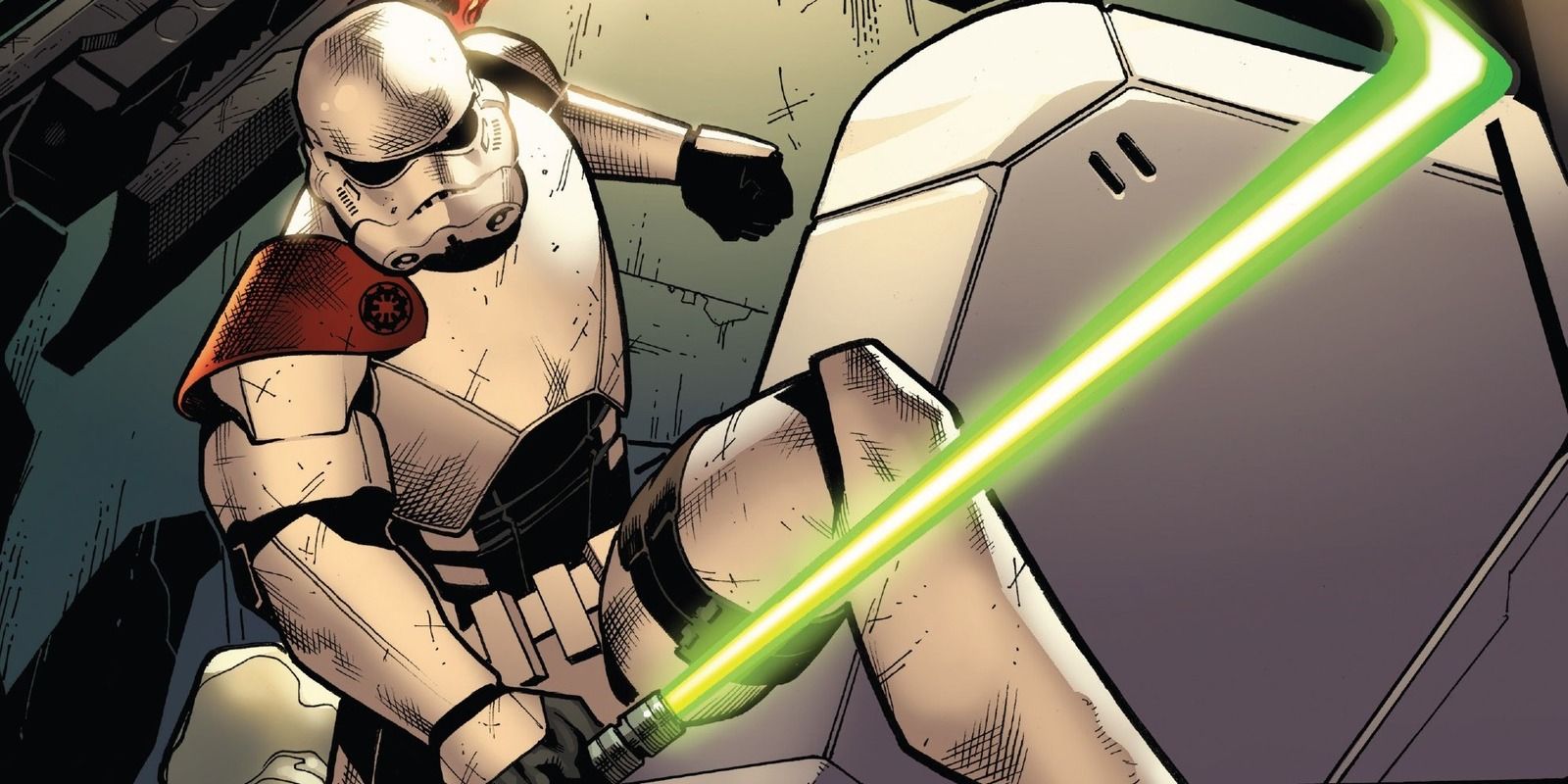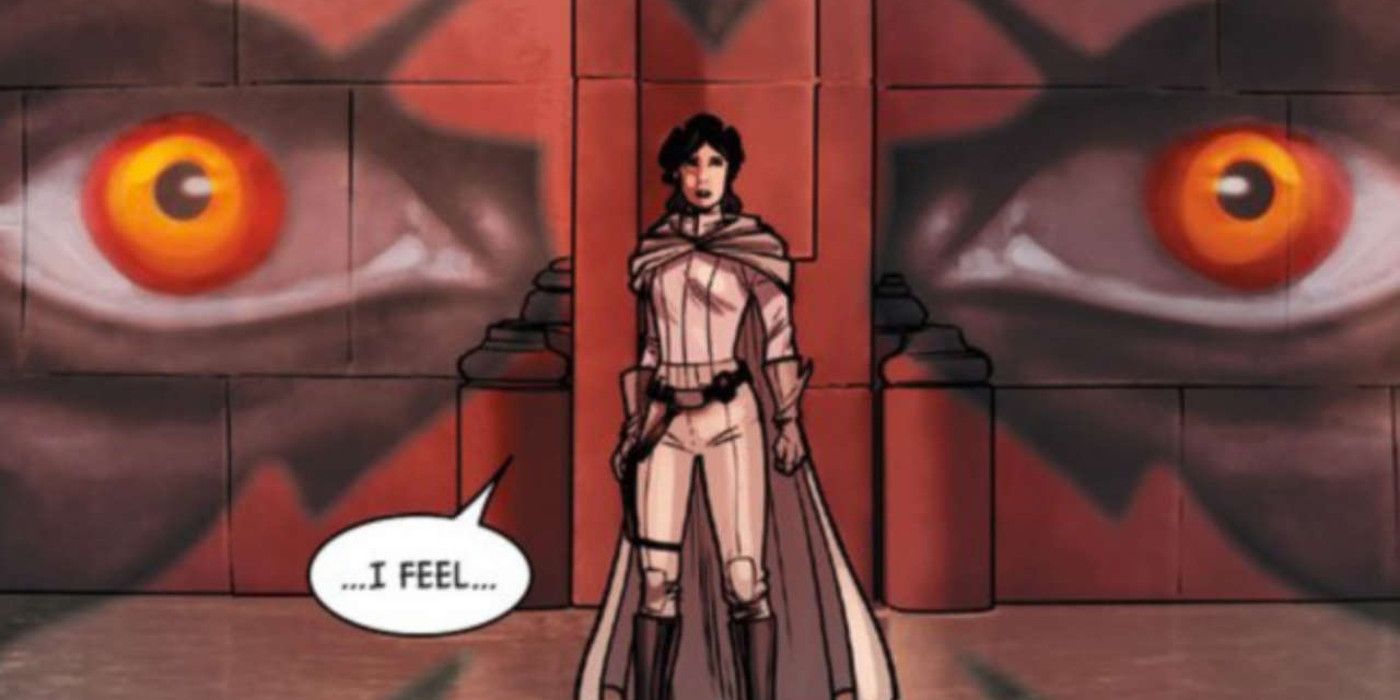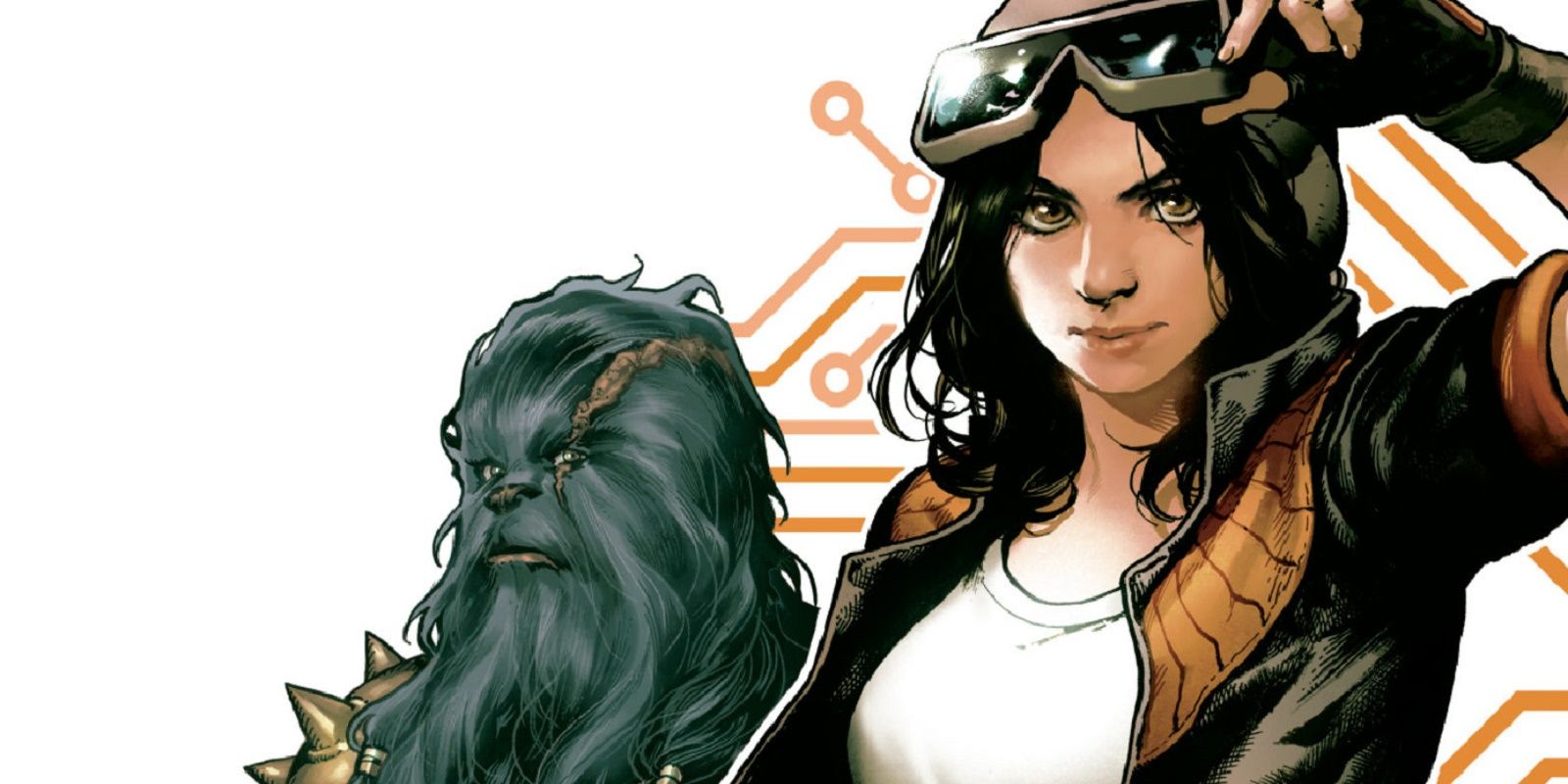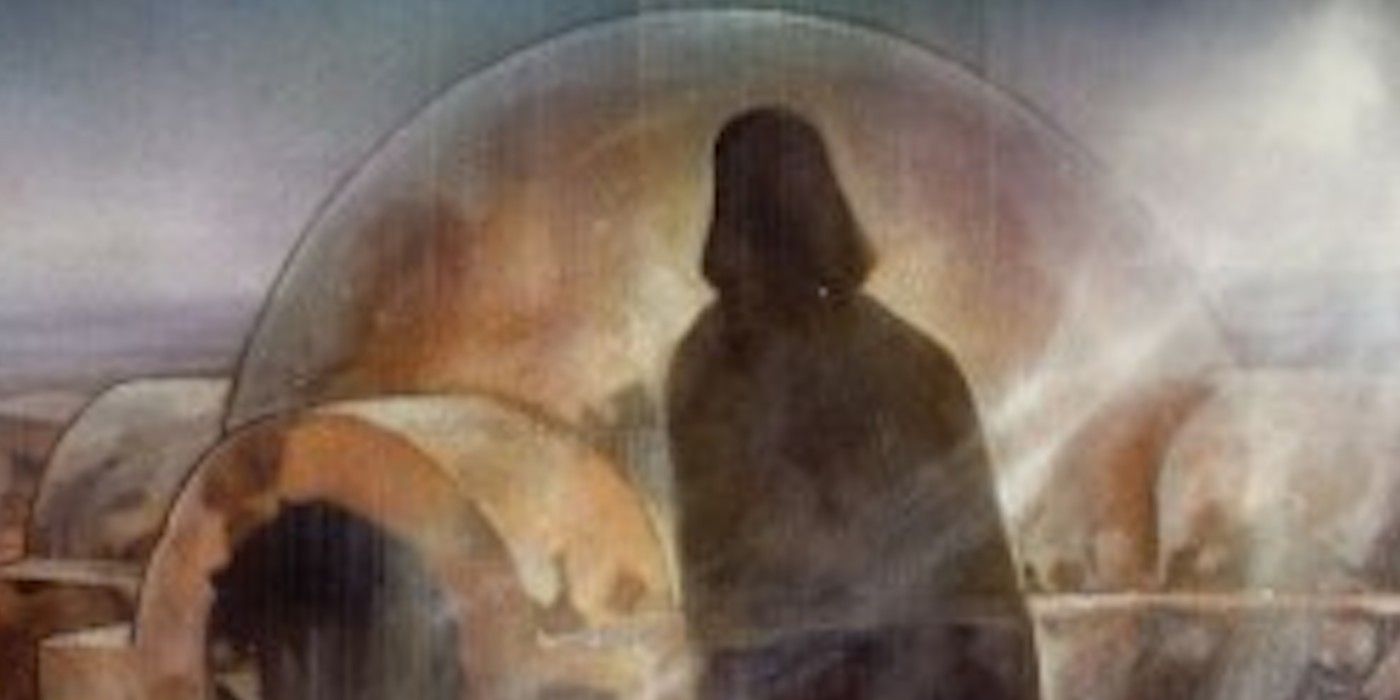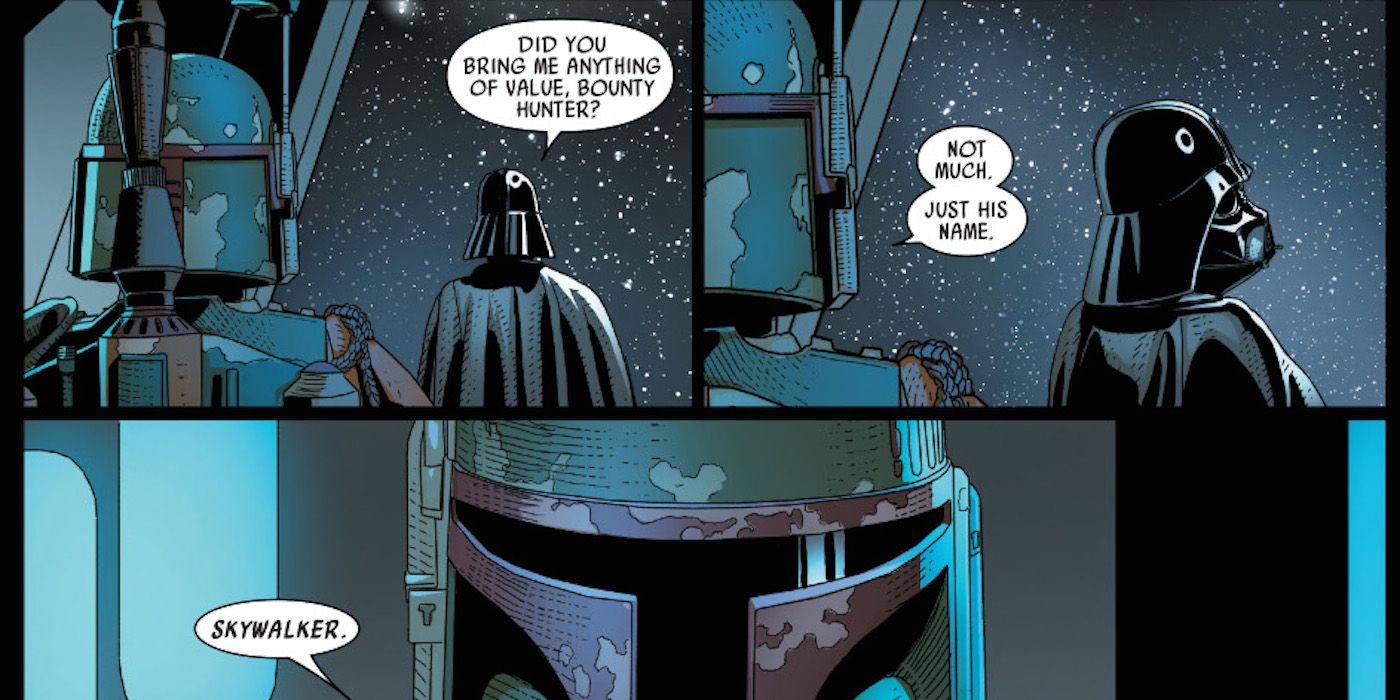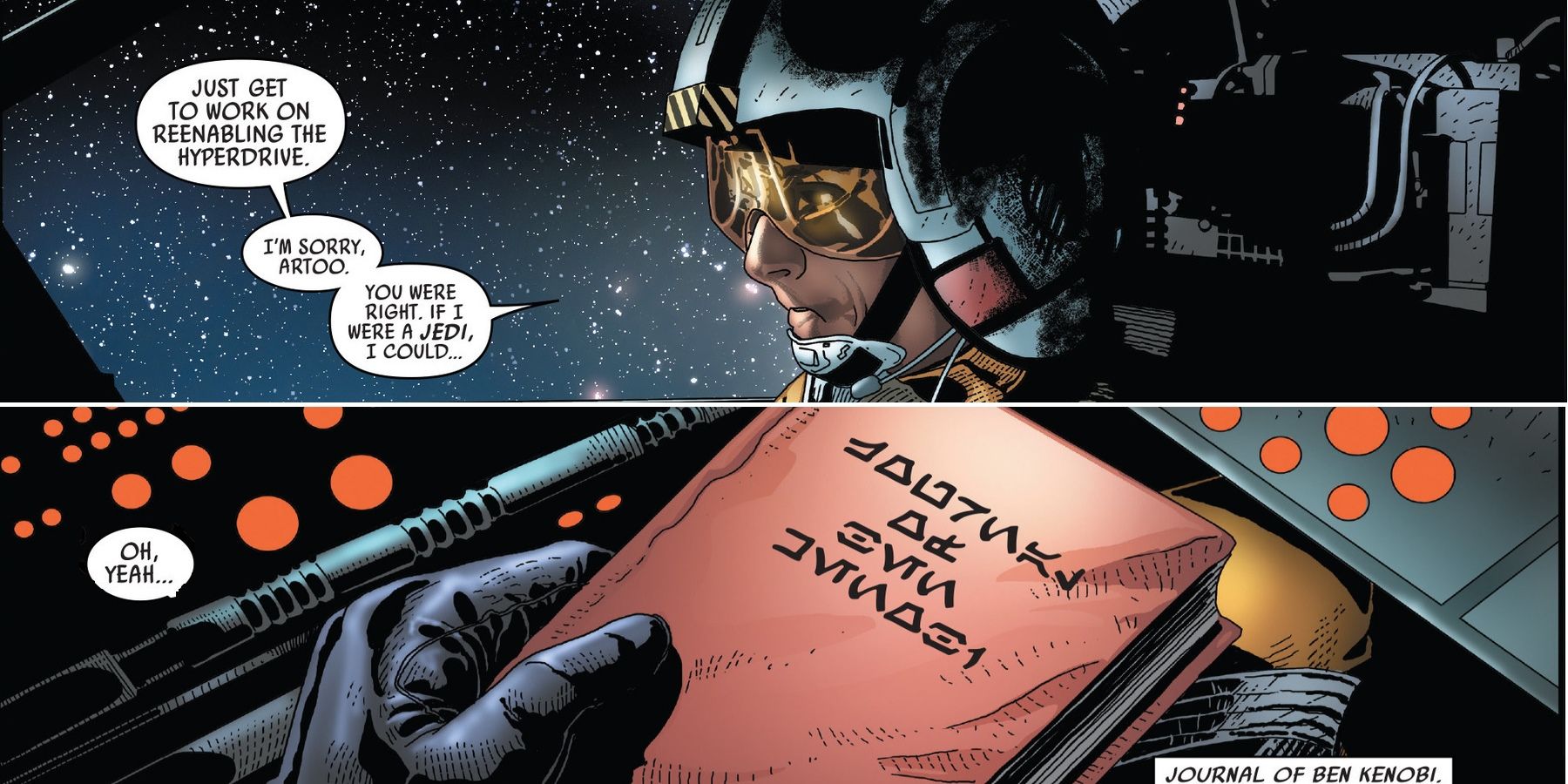It's a great time to be a Star Wars fan. There's a new movie every year, Rebels is preparing to wrap up its great run with a final season, and new books and video games continue to expand the already massive franchise. It has become as prominent now as it was when it first previewed in theatres across the globe.
But some of the best Star Wars stories are only being told in the pages of Marvel's comic books. There is so much lore to work with, it's impossible for each movie to cover more than the essentials, and thus fans must dive into the comics in order to learn more about their favorite galaxy.
In 2015, Marvel relaunched its line of Star Wars comics, with some of the best writers and artists in the industry lending their talents to the franchise. With a range of ongoing titles, mini-series and one-shots, Marvel has taken readers into new corners of the Star Wars world.
As much as we love the movies, here are 15 reasons why Marvel's Star Wars comic books might be even better.
15. Supporting Characters, Leading Roles
The Star Wars franchise is chock-full of memorable characters and, with just eight films in the franchise to date, there simply isn't enough screen time to go around.
Lead characters like Luke, Obi-Wan and Rey get plenty of time in the spotlight, but where does that leave the army of fantastic supporting characters? In the comic books, that's where. The comics provide a new arena to fully explore these intricate characters (at least until they get their own spinoff films, fingers crossed).
It's been just over two years since Marvel relaunched its Star Wars line, but already they have brought a number of '"lesser" characters to the forefront with their own mini-series. Chewbacca, Lando Calrissian, Darth Maul... they've all been featured in a series of comics devoted solely to them. In Lando's case, that also meant a starring role for his mute companion Lobot.
14. No Limits
Comic books, as a medium, have one crucial advantage over film and television: a limitless budget. The writers and artists are only limited by their imaginations.
Granted, it's not like the Star Wars movies have ever been made on a shoestring budget. George Lucas spared no expense in bringing his two trilogies to life, and Disney has lent their considerable financial might to the franchise's cinematic relaunch. Still, even modern filmmaking techniques have their limits, and there's only so much money to go around.
With the comics, however, an artist like Salvador Larocca has no limitations placed on him when he brings the saga to life on the page, whether that means pitting Darth Vader against an entire fleet of Rebel starfighters or sending Yoda on a journey inside a living mountain.
13. No Cast, No Problem
Comic books aren't beholden to petty considerations like "age" and "time." Granted, special effects companies are developing some pretty nifty ways to "de-age" (or even resurrect) certain actors in their films, but this technology still has limits. Which is why Alden Ehrenreich stars as the young Han Solo in the upcoming film, and not a digitized Harrison Ford.
Lucasfilm and Disney have to contend with the ravages of time (and big money contracts) when casting their films. Comic books are able to skirt those considerations, and have been for decades. Just look at Batman, Superman, Spider-Man... all perpetually youthful characters that can be refreshed over and over again.
In the same way, Marvel's Star Wars line allows readers to enjoy the adventures of a young Han Solo, or a young Obi-Wan Kenobi, for as long as there are stories to tell about them.
12. Short Stories
Some stories just aren't important enough to warrant their own movies. The story of the Rebels stealing the Death Star plans? That's a movie. How C-3PO got his weird red arm? Not so much.
Still, we Star Wars fans are a curious bunch, and we're interested in even the smallest of stories. There's a reason they made toys of the background characters in the Mos Eisley Cantina, and why books about previously unnamed bounty hunters became best sellers.
Comic books are the perfect place for these small, seemingly inconsequential stories. Marvel's C-3PO one-shot tells a surprisingly emotional story about Threepio and a group of droids on a mission for the Resistance. Traversing a hazardous planet, the droids are destroyed one by one, while Threepio and a First Order droid discuss the nature of their existence. It's this "enemy" droid that ultimately sacrifices itself to save C-3PO, and the golden droid takes his red arm as a symbol of remembrance.
11. Mixing Genres
The Star Wars films fit snugly into the genre of space opera. But there's a galaxy of potential in the franchise (pun intended), and room to experiment with all kinds of stories.
Lucasfilm has already begun to experiment with other genres - Rogue One took inspiration from war movies - and will continue to do so. In the meantime, fans can turn to the comic books for stories that put a unique spin on the Star Wars formula.
The Han Solo mini-series, for example, featured the titular smuggler competing in a galaxy-spanning race in the style of The Cannonball Run and Le Mans, while also completing a critical espionage mission for the Rebellion. The new Screaming Citadel crossover between Star Wars and Dr. Aphra, meanwhile, sees Luke Skywalker and the amoral treasure hunter exploring a dangerous alien world (and the nominal structure) in what writer Jason Aaron has called "a Star Wars take on Gothic horror."
10. Fallout - Order 66
For such a critical event in the history of the Star Wars galaxy, Order 66 didn't receive a lot of focus in the films. We saw Palpatine enact the plot, and watched as clone troopers turned against their Jedi comrades. But the "how" and "why" of the event, as well as real "on the ground" stories about its impact, were left for other mediums.
The Clone Wars explored the subject in its final season with a great arc, in which one doomed clone learns the truth of the conspiracy (inhibitor chips placed in the clone's heads). But Marvel's Kanan series gave us our first real look at the fallout of the event, with the young Padawan on the run from two clones he had considered friends. One clone is set on finishing the job, while the other gradually recognizes the horrible mistake they've made and sacrifices himself to save the young Jedi. It's an emotional reminder that the clones themselves were also victims of Order 66.
9. Fallout - Alderaan
Like Order 66, the destruction of Alderaan is an event with galaxy-spanning consequences. From an in-universe perspective, it's hard to even comprehend the tragedy: an entire planet and all of its inhabitants destroyed. It's a testament to Princess Leia's inner strength that she isn't catatonic with shock and grief for the rest of her life.
Leia had to suck it up and continue on with the mission, of course. As a leader of the Rebellion, she had no choice. And there was too much going on in the rest of the film (and the trilogy) to circle back and really examine the impact of the event.
Marvel's Princess Leia mini-series did just that. After the Death Star has been destroyed and the medals have been awarded, Leia takes it upon herself to search the galaxy for the last survivors of her home planet − those who were elsewhere at the time of its destruction. It's a difficult mission: the Empire is also searching for these survivors, and many of them are resentful towards Leia, blaming her for Alderaan's demise.
8. Filling in the Gaps
Each Star Wars film is an epic in its own right, contributing to a sweeping story that spans decades. The films are spread out on the timeline, with years (or at least months) separating the different installments. That was amended only recently by Rogue One. Rogue One acts as a direct prequel to A New Hope, which begins mere hours, if not minutes later.
This leaves a lot of fertile storytelling ground to cover, from the "dark times" between Episodes Three and Four, to the 30-year gap between Return of the Jedi and The Force Awakens. Television shows, films, and novels have covered a lot of this ground, but the comic books are particularly effective at focusing on specific events in the lives of our favorite characters, and shedding light on them.
In the main Star Wars series, Luke finds an old journal of Obi-Wan's, and the writers have used it as a plot device to tell some terrific stories about Kenobi's time on Tatooine.
7. Taking Risks
There are some things you just can't get away with in a blockbuster film.
Everyone loves Chewbacca, but the big lug isn't going to get his own spinoff any time soon. As cool as he is, he communicates in grunts and growls, which just doesn't work for the lead in a movie, especially since Chewie is one of the Star Wars creatures who doesn't come with subtitles.
Chewie's communication issues are no problem for a comic book however, and Marvel wasted no time in giving him his very own mini-series. As in the films, his grunts aren't translated for the reader, and we must rely on his youthful companion Zarro to translate for us. But it's Chewie's story, and he proves that he doesn't need Han by his side to be a hero.
Giving Chewie a starring role was a risk that paid off for Marvel, and they'll no doubt continue to make some daring creative choices in the future.
6. Evil Empire
In the original trilogy, the Empire was kind of a three-man show. Peter Cushing oozed menace as Tarkin, Darth Vader was Darth Vader, and the Emperor was suitably terrifying. Together they were a triumvirate of villainy that really made the audience fear for the good guys.
Now consider the stormtroopers, who were memorable for their cool outfits as well as their infamous inability to hit their targets. Somehow not as scary.
In Marvel's Star Wars series, the stormtroopers are more than just ineffective canon fodder. Sure, there are still the rank and file troopers out there banging their heads on door frames. But there is also a group of elite troopers led by the fearsome Sergeant Kreel (who has been known to wield a lightsaber). This group is dedicated to exercising Darth Vader's commands, and they're very good at what they do.
5. Connecting Eras
There was only so much the prequel trilogy could do to directly reference the original trilogy. Similarly, The Force Awakens, while in many ways returning to the aesthetic of the original films, still had to contend with the fact that over thirty years had passed in that galaxy far far away.
The comic books, on the other hand, can bring the disparate eras of the Star Wars saga together with minimal effort.
Some of the best moments in the Shattered Empire mini-series are when Princess Leia and her companions arrive on Naboo. Leia walks along the same Theed streets that her mother once did, and she feels an inexplicable connection upon seeing a portrait of Padme. Later, she enters the famous hangar in which Darth Maul battled Obi-Wan and Qui-Gon Jinn in The Phantom Menace, and she comments on the sudden chill she feels, as the art superimposes Maul's fearsome eyes above her.
4. Great New Characters
Like the popular shows The Clone Wars and Rebels, Marvel's comic books have introduced a number of interesting characters who have become beloved in their own right. Even though they haven't appeared in a film (yet), characters like Dr. Aphra and Sana Starros have captured the imaginations of fans.
Aphra became so popular due to her part in Darth Vader, that she now has her own ongoing series. Her supporting cast includes other Marvel-created characters like the formidable Wookie, Black Krrsantan, and the violent droid duo of Triple Zero and BT-1.
The brilliant Inspector Thanoth, Kanan Jarrus' mentor Janus Kasmir, and the mysterious starship racer Loo Re Anno are just some of the other comic book characters we'd love to see make the jump to the big screen one day.
3. Villainous Insight
It's hard to make a villain the lead character of a film. Even if the villain is the hero of his own story (like all great villains are), people generally like happy endings, which means the villain needs to lose in the end.
Comic books, on the other hand, can spend more time in the company of a villain, delving into their motivations and goals. This was the case with Marvel's Darth Vader series, which ran for 25 issues and followed the Dark Lord's efforts to restore his status in the Empire after the destruction of the Death Star. It was so successful that they'll soon be launching a second Vader series, which will be set in the aftermath of Revenge of the Sith.
The Darth Maul mini-series is another example. Set before The Phantom Menace, it features the fearsome assassin in his prime and explores his feelings towards the Jedi, his dark master, and his place in the galaxy.
2. Small Moments, Big Impact
There are only so many things you can stuff into a movie. A comic book, however, can spend an entire issue or more diving into one or two important conversations and action sequences. Marvel's comics have the opportunity to zero in on small but incredibly significant moments that the movies never had the opportunity to include.
Darth Vader included a number of such moments, such as Boba Fett giving Vader the name of the Rebel pilot who blew up the Death Star: Skywalker. Fett leaves after delivering the information, and in a cool touch, the sheer force of Vader's emotions shatter the window in front of him. This is the moment when Vader learns his child didn't die with Padme, and the revelation has galaxy-spanning consequences.
A subsequent arc sees Vader's servant Dr. Aphra traveling to Naboo to speak to the undertaker who supervised Padme's burial, in order to confirm Fett's information. Not a moment that needs a spinoff, but a cool addition nonetheless.
1. A Closer Look
Luke Skywalker, Han Solo, Darth Vader, and Princess Leia. These are characters we've known for decades. Some fans have grown up with them. But how well do we really know them?
We know what the movies have told us, of course, but that's just the broad strokes. In Marvel's Star Wars comics, readers gain new insights into the heroes (and villains) of the saga, as they follow them on new missions; some large and critical, others smaller and more personal.
In the pages of Star Wars, for example, we follow Luke as he struggles with his limited understanding of the Force. We see his sadness and frustration at having lost the mentor who could have taught him everything. In Leia's mini-series, we witness the extent of her grief over Alderaan's destruction, and how she takes it upon herself to hold what remains of the planet's legacy together. In Han Solo's series, we get to see the smuggler caught between his desire to return to his more carefree lifestyle and his growing appreciation for the Rebel cause (and a certain Princess).
In these and other series, Star Wars fans are gaining a deeper understanding of their favorite characters than ever before.
---
Are you reading Marvel's Star Wars comics? How do you compare them to the films? Let us know in the comments!

